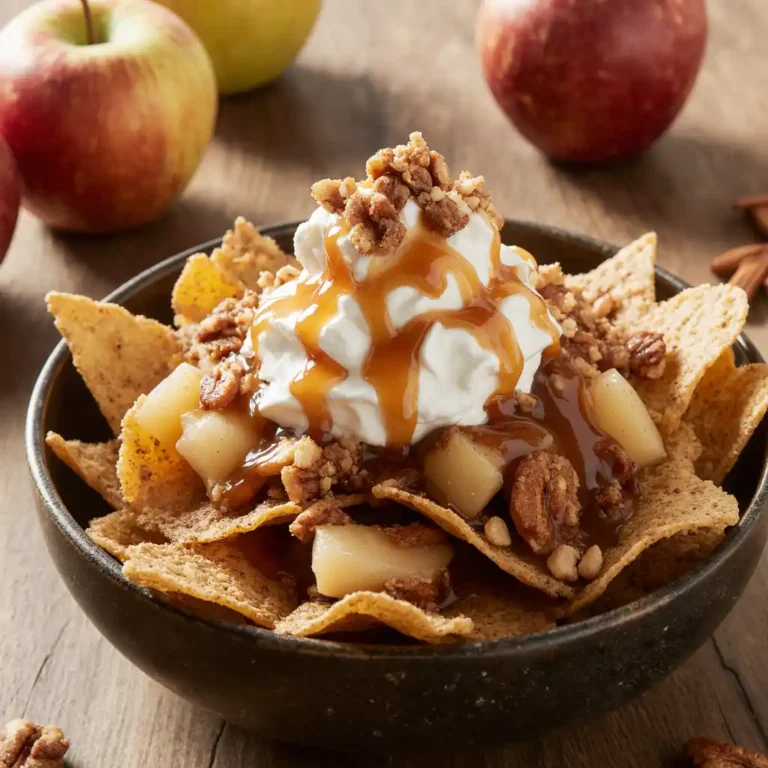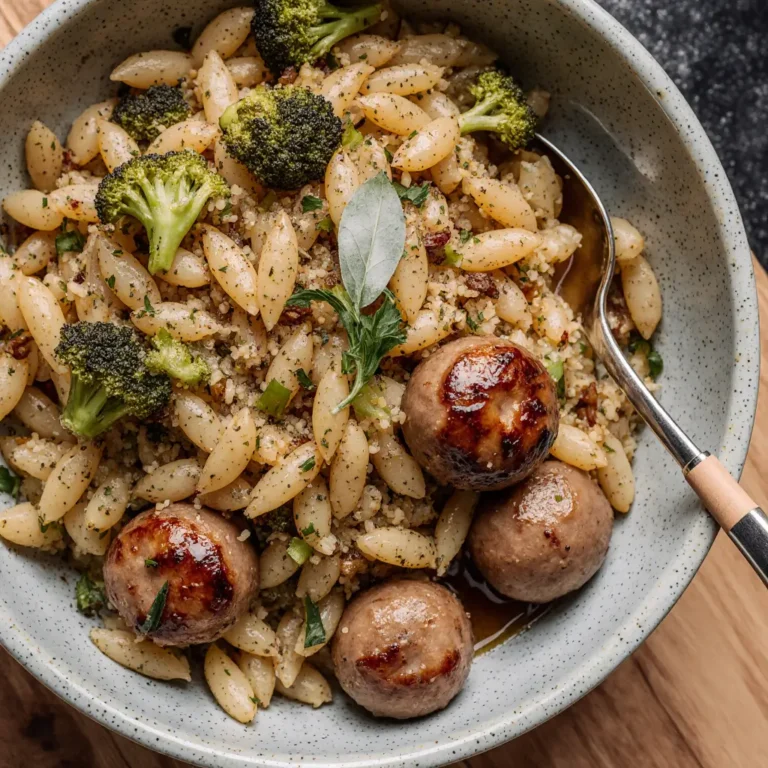Perfect Turkey Gravy Recipe for Irresistible Holiday Flavor

Introduction
Have you ever struggled to make turkey gravy that’s rich, silky, and full of flavor? Many home cooks believe that perfect turkey gravy requires complicated techniques or hours of preparation, but that’s simply not true. With some basic ingredients and a few key tips, you can whip up a delicious, lump-free gravy that complements your turkey beautifully every time. Whether you’re preparing for a festive holiday feast or a simple Sunday dinner, mastering this simple classic elevates your meal to the next level.
In this post, we’ll dive into every step of crafting the perfect turkey gravy, ensuring your dinner guests swoon over your culinary skills. Let’s get started on making turkey gravy that’s truly unforgettable!
Ingredients List
The foundation of outstanding turkey gravy lies in quality ingredients. Here’s what you’ll need:
- Turkey drippings (from roasted turkey; the treasure trove of flavor)
- Butter (2-3 tablespoons for richness; can substitute with olive oil or vegan butter for a dairy-free option)
- All-purpose flour (about 3 tablespoons to thicken; use gluten-free flour blends if needed)
- Turkey or chicken broth (2 cups; use low-sodium to control saltiness)
- Salt and freshly ground black pepper (to taste)
- Fresh herbs (optional; thyme, sage, or rosemary add lovely aromatic notes)
- Onion or shallots (optional, finely minced for extra depth)
- Garlic (optional, minced for a savory kick)
If you prefer a richer gravy, a splash of heavy cream can be added near the end. For a vegan or vegetarian spin, vegetable broth and plant-based butter make great substitutions.
Timing
- Preparation time: 5 minutes
- Cooking time: 10-15 minutes
- Total time: 15-20 minutes
Think of the cooking time as transformation magic — within minutes, the turkey drippings and broth thicken into a luscious sauce that smells like home. Using the cooking time wisely helps you watch the gravy thicken slowly, achieving the perfect consistency without rushing or burning.
Step-by-Step Instructions
Step 1: Collect and Prepare the Turkey Drippings
Once your turkey is roasted, pour the drippings from the roasting pan into a fat separator or a heatproof bowl. Let the drippings sit for a few minutes so the fat rises to the top. Skim off about 2-3 tablespoons of fat and save it for your gravy base.
Chef’s tip: If you don’t have enough drippings, supplement with butter or broth to ensure you have enough fat for thickening and flavor.
Step 2: Make a Roux
Heat the reserved fat or butter in a medium saucepan over medium heat. Once melted and hot, whisk in the flour. Stir continuously for about 2-3 minutes until it forms a golden, bubbly paste — this process cooks out the raw flour taste.
Chef’s tip: Keep whisking to avoid lumps and a burnt flavor. The roux should smell nutty and aroma-rich when ready.
Step 3: Gradually Add Broth
Slowly pour in the turkey or chicken broth while continuously whisking. This steady integration ensures a smooth, lump-free sauce. Bring the mixture to a gentle simmer.
Chef’s tip: Use warm broth for easier blending and better control over gravy thickness.
Step 4: Incorporate Drippings and Season
Add the reserved turkey drippings to the simmering mixture. Stir well to combine all layers of flavor. Season generously with salt and freshly ground black pepper. Toss in minced herbs or garlic if you like.
Chef’s tip: Taste frequently and adjust seasoning. Remember, drippings can be salty, so add salt in small increments.
Step 5: Simmer and Finalize
Reduce heat to low and let the gravy simmer for 5-7 minutes, stirring occasionally until it thickens to your preferred consistency. If the gravy becomes too thick, thin it out with a splash of broth or water.
Chef’s tip: For extra silkiness, strain the gravy through a fine mesh sieve before serving.
Nutritional Information
- Calories: Approximately 90-120 per 1/4 cup serving
- Protein: 1-2 grams
- Fat: 6-8 grams (mostly from butter and drippings)
- Carbohydrates: 6-8 grams
- Sodium: Varies (depending on broth and added salt)
- Contains Vitamin A (from butter), small amounts of iron and calcium
This gravy offers comforting richness without excessive calories, making it a flavorful addition rather than a heavy burden.
Healthier Alternatives
If you’re seeking to keep your meal lighter or cater to specific diets, consider these swaps:
- Use olive oil or avocado oil instead of butter to reduce saturated fat.
- Choose whole wheat flour or gluten-free flour blends to increase fiber or manage gluten intolerance.
- Incorporate low-sodium broth to minimize sodium intake.
- Add pureed roasted vegetables (like cauliflower or mushrooms) for natural thickening and extra nutrients.
- Skip heavy cream and opt for unsweetened almond milk or oat milk if you want a dairy-free gravy with creamy texture.
Serving Suggestions
Turkey gravy shines best when paired thoughtfully. Here are some inspiring ideas:
- Serve generously over mashed potatoes for a classic side.
- Drizzle atop roast turkey slices or a Thanksgiving plate stacked with stuffing, cranberry sauce, and sweet potatoes.
- Pour over roasted root vegetables or savory grain bowls for a comforting vegetarian meal.
- Use as a base for a savory pot pie filling or to enhance savory bread stuffing recipes.
For a seasonal twist, add roasted garlic or a splash of maple syrup to your gravy for fall and winter entertaining.
Common Mistakes to Avoid
- Skipping the roux: Without cooking the flour in fat, your gravy may taste floury or be lumpy.
- Not whisking constantly: This leads to uneven texture and lumps.
- Adding hot broth too quickly: This causes clumping; always pour gradually.
- Over-seasoning early: Drippings can be salty, so season in steps.
- Using cold drippings or broth: This can cause the gravy to seize or clump during thickening.
Keep these pitfalls in mind, and you’ll avoid common frustrations on gravy day.
Storing Tips
Leftover gravy can be refrigerated in an airtight container for up to 3-4 days. When reheating, do so gently on the stovetop over low heat, adding a splash of broth or water to loosen the texture if necessary. Avoid microwave reheating in large quantities as it can heat unevenly, creating hot spots or thick clumps.
For longer storage, gravy freezes well for up to 3 months. Thaw overnight in the refrigerator and whisk well before reheating.
Conclusion
Perfect turkey gravy is within your reach with the right technique and quality ingredients. By mastering the simple steps of making a roux, properly incorporating broth, and seasoning carefully, you’ll create a smooth, flavorful gravy that elevates your turkey dinner every time. Ready to transform your next holiday feast? Give this recipe a try and share your results!
Don’t forget to leave a comment below or subscribe to our newsletter for more mouthwatering recipes like this!
FAQs
Q1: Can I make turkey gravy without drippings?
A1: Yes! Use store-bought turkey or chicken broth, and supplement with butter or oil to replicate fat content for the roux base. Adding sautéed onions or herbs can boost flavor, too.
Q2: How do I fix gravy that’s too thin?
A2: Make a slurry by mixing flour or cornstarch with cold water, then whisk it into simmering gravy slowly until it thickens.
Q3: Why is my gravy lumpy?
A3: Lumps form when flour isn’t cooked correctly or when broth is added quickly. Whisk continuously and stir in broth gradually.
Q4: Can I prepare gravy ahead of time?
A4: Absolutely. Make it a day ahead and refrigerate. Reheat gently and thin if needed. This saves time during busy meal preparations.
Q5: Is turkey gravy healthy?
A5: With mindful ingredient choices, turkey gravy can be a flavorful, moderately caloric addition. Using low-fat alternatives and low-sodium broth improves its nutrition profile.
For more gravy tips and recipes, check out our Ultimate Mashed Potatoes Guide and Holiday Side Dishes. Happy cooking!






